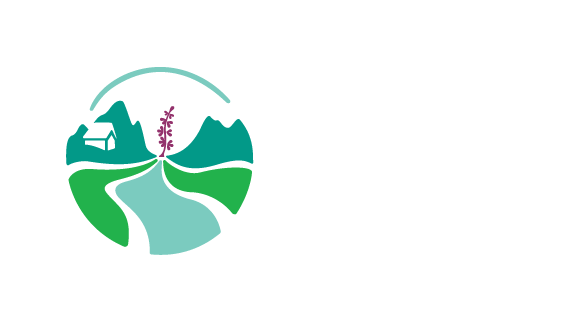Presentations and other Documents from this workshop are found here.
The goal of this workshop was to explore potential linkages between regional land use planning and cumulative effects management in order to support sustainable development initiatives:
1. What are the key components of the Yukon regional land use planning process?
2. What linkages currently exist or could be established to improve management of cumulative effects?
3. How can regional land use plans be developed to incorporate effective strategies to manage cumulative effects?
Background
In Yukon, it is becoming increasingly evident that the development of regional land use plans may be a necessary step towards the effective assessment and management of cumulative effects. Currently, the regional land use planning process is one of the few multi-stakeholder activities that can effectively incorporate cumulative effects management concepts and strategies within large geographic regions. While this is generally recognized, the appropriate organizational linkages and implementation framework may not yet be in place.
Two previous DIAND Environment Directorate-sponsored cumulative effects workshops explored cumulative effects assessment and management strategies. A major outcome of these previous workshops was recognition of the necessary linkage between cumulative effects strategies and regional land use plans. The two processes have many elements in common. Regional land use planning is an inclusive process that attempts to balance a broad range of interests within a defined geographic area; this requires input, collaboration and values assessment between multiple agencies, stakeholders and interest groups. The assessment and management of cumulative effects requires collaboration and communication between a similar group of diverse interests and regulatory agencies, and must also consider regional perspectives. Given the current Yukon regulatory and policy framework, regional land use planning may be one of the best mechanisms to proactively manage cumulative effects through the incorporation of a variety of tools and approaches including land designation systems, the use of ecological thresholds, adoption of integrated resource management principles and the development of explicit future landscape goals and management objectives with well defined monitoring strategies.
